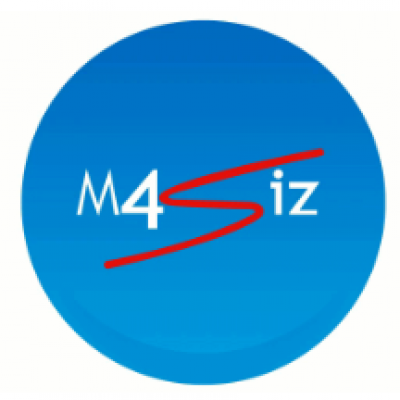
Phasing your AI integration plan
Objective
The objective of this project is to offer some guidance on integrating AI for content generation
into your website to enable automated content creation for both product and blog
content. In a previous blog we looked at small businesses and AI and here again we hope to show that with proper planning it is possible to achieve an outcome efficiently. This will enhance efficiency, improve content quality, and drive website traffic, engagement, and conversions.
Phase 1: AI Engine Selection and Evaluation
- Define Requirements: Collaborate with the team to identify specific requirements
for the AI engine, including language support, content types,
customization options, scalability, and integration of AI capabilities. - Research AI Engines: Explore reputable AI engine providers such as OpenAI, Google
Cloud, or IBM Watson and evaluate their capabilities, performance,
pricing, and user reviews. - Conduct Proof of Concept (POC): Select a few AI engines and conduct a POC to
assess their ability to generate high-quality, unique product and blog
content based on predefined criteria. - Evaluate and Choose: Analyze the results of the POC and select the AI engine that
best fits our requirements.
Phase 2: Integration Planning and Development
- Collaborate with Software Developers: Engage with the software development team to discuss the technical requirements and feasibility of integrating the chosen AI engine into our existing website infrastructure.
- Identify Necessary Resources: Determine the resources required for integration, such as additional servers, APIs, or developer tools. Work with the IT department to ensure availability and allocation of these resources.
- Develop Integration Plan: Create a detailed plan outlining the tasks, timelines, dependencies, and responsibilities for integrating the AI engine into the website. Consider factors like data security, system compatibility, and version control.
- Implementation: Execute the integration plan by integrating the AI engine into the website, ensuring proper configuration, and conducting thorough testing to verify functionality and performance.
Phase 3: Content Creator Interface Design
- Gather
Requirements: Collaborate with content creators to understand their needs
and preferences for managing the automated content creation process.
- Design
User Interface (UI): Work with UX/UI designers to create an intuitive and
user-friendly interface that allows content creators to control,
customize, and monitor the AI’s content generation process.
- Implement
UI: Collaborate with the development team to implement the designed UI,
ensuring seamless integration with the AI engine and providing necessary
features such as content guidelines, input prompts, and output review
capabilities.
Phase 4: Algorithm Updates and Quality Assurance
- Establish Regular Updates: Develop a schedule and process for delivering regular updates to the AI engine’s algorithms to enhance content quality, optimize performance, and stay up-to-date with industry trends.
- Quality Assurance Testing: Conduct comprehensive testing to ensure that the AI engine consistently generates high-quality, unique content. Establish a feedback loop with content creators to gather insights and fine-tune the AI’s output.
- Iterative Improvements: Continuously monitor and refine the AI engine’s performance based on user feedback, content analytics, and emerging industry practices.
Phase 5: Tracking and Measurement
- Define
Metrics: Identify key metrics such as website traffic, engagement, and
conversion rates that will be impacted by AI-generated content. Establish
baseline measurements to compare against after integrating the AI engine.
- Implement
Tracking Mechanism: Set up tracking tools like Google Analytics or custom
analytics systems to measure the impact of AI-generated content on the
defined metrics.
- Analysis
and Reporting: Regularly analyze and report on the tracked metrics,
providing insights into the effectiveness of AI content generation. Use
this data to make informed decisions, iterate on strategies, and drive
continuous improvement.
Conclusion
By following this comprehensive project plan, you will successfully plan out the objectives, build a collaboration team to build the project to integrate an AI engine into our website, enabling automated content creation for both product and blog content. This integration will improve efficiency, enhance content quality, and drive positive impacts on website traffic, engagement, and conversions.

